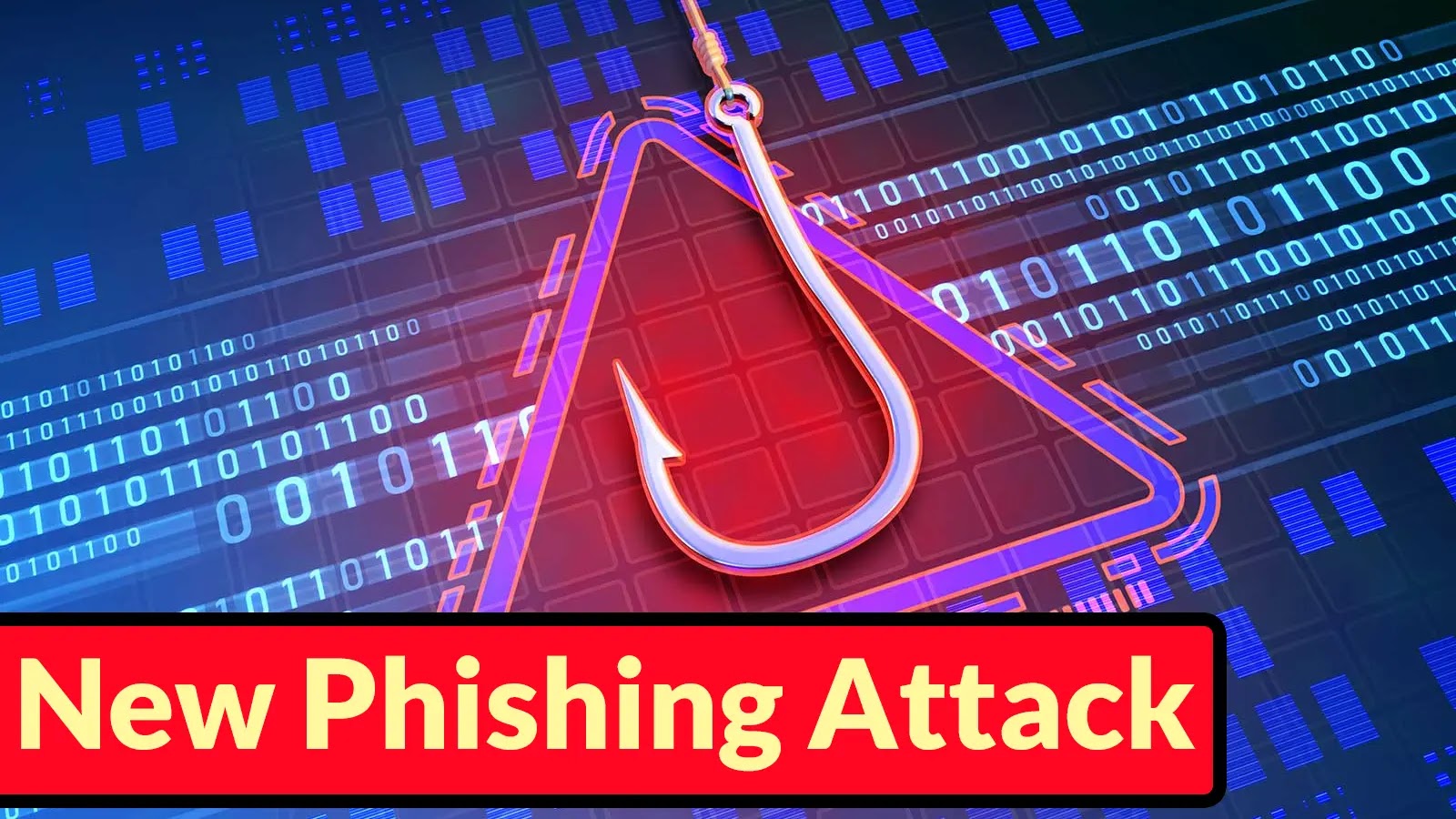
New Phishing Attack Bypasses Using UUIDs Unique to Bypass Secure Email Gateways
The Evolving Threat: UUID-Driven Phishing Campaigns and SEG Bypass
A new and highly sophisticated phishing campaign has emerged, demonstrating an alarming ability to circumvent traditional Secure Email Gateways (SEGs) and perimeter defenses. This attack weaponizes randomly generated Universal Unique Identifiers (UUIDs), signaling a critical shift in adversary tactics. Understanding this advanced technique is paramount for cybersecurity professionals tasked with protecting organizational assets from evolving threats.
Deconstructing the UUID-Driven Phishing Technique
Unlike conventional phishing attempts that often rely on static links and readily detectable patterns, this campaign leverages a highly dynamic approach. At its core is an advanced JavaScript-based phishing script designed to be both evasive and adaptive. Key components of its operation include:
- Random Domain Selection: Attackers utilize a rotating pool of domains, making it difficult for SEGs to blacklist them effectively. This dynamic domain usage reduces the footprint of any single campaign and complicates static signature-based detection.
- Dynamic UUID Generation: Each phishing attempt incorporates a uniquely generated UUID. This identifier is crucial for tracking individual victims and also acts as a decoy within the URL structure, making it harder for SEGs to identify malicious patterns based on URL components alone. The UUID ensures that each request appears unique, bypassing rules designed to detect repeated malicious URLs.
- Server-Driven Page Replacement: After initial interaction with the dynamically generated URL, the attack leverages server-side logic to replace the displayed content, typically with a convincing credential harvesting page. This delayed payload delivery further evades detection by initial email scanning mechanisms that might only analyze the initial link context.
The combination of these elements creates a robust mechanism for bypassing SEGs, which often rely on reputation checks, static URL analysis, and pattern matching. The transient and unique nature of each attack instance makes it exceptionally challenging for these established defenses to flag the malicious intent.
Impact and Implications for Cybersecurity Defenses
The success of UUID-driven phishing represents a significant challenge to existing cybersecurity frameworks. SEGs, while effective against many traditional and even some advanced threats, face limitations when confronted with highly polymorphic and dynamic attacks. The implications are far-reaching:
- Increased Credential Theft: The primary goal of such phishing campaigns is credential harvesting, leading to unauthorized access to sensitive systems and data.
- Supply Chain Risk Amplification: If an employee falls victim, it could open doors for broader supply chain attacks or lateral movement within the compromised network.
- Erosion of Trust: Successful breaches diminish user trust in communication channels and security measures.
The sophistication of this campaign underscores the need for a multi-layered security strategy that goes beyond perimeter defenses.
Remediation Actions and Enhanced Security Posture
Addressing this sophisticated threat requires a proactive and comprehensive approach that combines technological controls with robust user education. Here are key remediation actions:
- Advanced Email Security: Implement email security solutions that utilize machine learning and AI to analyze email content, sender behavior, and URL patterns for anomalies, rather than solely relying on static blacklists. Solutions with sandboxing capabilities can detonate and analyze suspicious URLs in isolated environments before delivery to the user.
- Endpoint Detection and Response (EDR): Deploy EDR solutions that can monitor endpoint activities, detect anomalous behavior post-click, and prevent credential submission to known phishing sites or unapproved domains.
- Multi-Factor Authentication (MFA): Enforce MFA across all critical accounts. Even if credentials are compromised, MFA adds a crucial second layer of defense, significantly hindering unauthorized access.
- Security Awareness Training: Conduct regular, up-to-date security awareness training for all employees. Emphasize the dangers of clicking on suspicious links, even if they appear legitimate, and the importance of verifying sender identities. Train users to look for subtle indicators of phishing beyond just the URL.
- Domain Name System (DNS) Filtering: Utilize advanced DNS filtering to block access to newly registered or suspicious domains that might be used in such attacks.
- Incident Response Planning: Ensure a well-defined incident response plan is in place to quickly detect, contain, and eradicate threats should a phishing attempt succeed.
While this particular campaign does not have an assigned CVE, the underlying threat of bypassing email gateways for credential theft is a persistent concern in cybersecurity.
Tools for Detection and Mitigation
While no single tool can completely eradicate the risk, a combination of technologies can significantly enhance defenses against UUID-driven phishing and similar advanced threats:
| Tool Name | Purpose | Link |
|---|---|---|
| Proofpoint Enterprise Protection | Advanced threat protection, email security gateway with URL defense, sandboxing, and dynamic analysis. | Proofpoint |
| Microsoft Defender for Office 365 | Advanced email security with Safe Links, Safe Attachments, anti-phishing, and incident response capabilities. | Microsoft |
| Palo Alto Networks Cortex XDR | Unified endpoint protection (EDR), network detection and response (NDR), and cloud security. | Palo Alto Networks |
| Cisco Umbrella | Cloud-delivered security at the DNS layer, protecting against malware, phishing, and C2 callbacks. | Cisco |
| KnowBe4 Security Awareness Training | Comprehensive security awareness training and simulated phishing platform. | KnowBe4 |
Conclusion: Adapting to Adversarial Innovation
The emergence of UUID-driven phishing campaigns serves as a stark reminder that cyber adversaries are constantly innovating. Their ability to leverage dynamic identifiers and server-driven content illustrates a sophisticated understanding of current defensive mechanisms and how to bypass them. Organizations must move beyond static defenses and embrace adaptive, intelligence-driven security solutions. By integrating advanced email protection, robust endpoint security, multifactor authentication, and continuous security awareness training, enterprises can significantly bolster their defenses against these evolving and increasingly potent threats.





